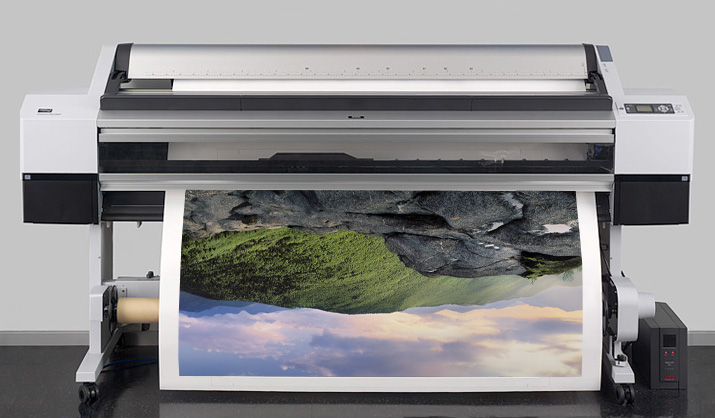
The advent of digital technology has revolutionized many industries, and the publishing industry is no exception. Digital book printers have emerged as a game-changer in the world of reading, enhancing the overall reading experience for both authors and readers. Gone are the days when traditional printing methods were the only option for bringing a book to life. With digital book printing, authors now have the freedom to self-publish their works, bypassing the traditional publishing process and reaching a wider audience.
One of the most significant advantages of digital book printing is the ability to print books on demand. This means that books are only printed when they are ordered, eliminating the need for large print runs and reducing the risk of excess inventory. This not only reduces costs for publishers but also allows for a wider selection of books to be available to readers. With traditional printing methods, it was often not financially viable to print books with a limited potential audience. Digital book printing has opened up opportunities for niche genres and self-published works to reach readers who may not have had access to them before.
In addition to making books more accessible, digital book printers have also enhanced the reading experience in terms of customization. With digital printing, books can be personalized to individual tastes and preferences. Customizable features such as font size, type, and line spacing can be adjusted to accommodate readers with visual impairments or reading difficulties. This ensures that reading is a comfortable and enjoyable experience for everyone, regardless of their specific needs.
Furthermore, digital book printers have allowed for the integration of multimedia elements into books. Interactive features such as videos, audio clips, and hyperlinks can be seamlessly incorporated into digital books, enhancing the overall reading experience and offering readers a more immersive and dynamic journey. For example, educational textbooks can include interactive quizzes, videos, and supplementary materials, making the learning process more engaging and interactive.
The convenience offered by digital book printing cannot be overstated. With digital books, readers no longer need to carry around heavy backpacks filled with textbooks or novels. Instead, they can conveniently access their entire library on a single device such as a tablet or e-reader. This portability allows for reading anytime, anywhere, whether it's during a commute, while waiting in line, or even while lounging on a beach.
Moreover, digital book printers have significantly decreased the time it takes for a book to go from manuscript to publication. In the past, the publishing process could take months or even years. With digital book printing, authors can quickly and easily self-publish their works, reducing the time it takes to bring their stories to the hands of eager readers.
It's important to note that while digital book printing offers numerous advantages, it does not spell the end of traditional books. Many readers still appreciate the tactile experience of holding a physical book and flipping through its pages. Digital book printing simply offers an additional option for readers and authors, expanding the possibilities and accessibility of the reading experience.
In conclusion, digital book printers have truly revolutionized the way we read and experience books. From on-demand printing and customization to the integration of multimedia elements and convenience, digital book printing offers a range of benefits for both authors and readers. As technology continues to advance, the digital reading revolution is sure to continue, transforming the way we engage with literature and expanding the possibilities for storytelling and knowledge-sharing.